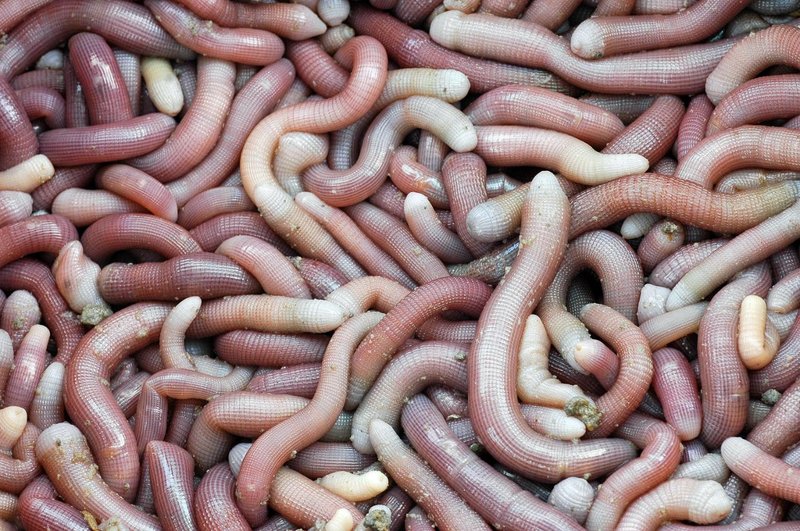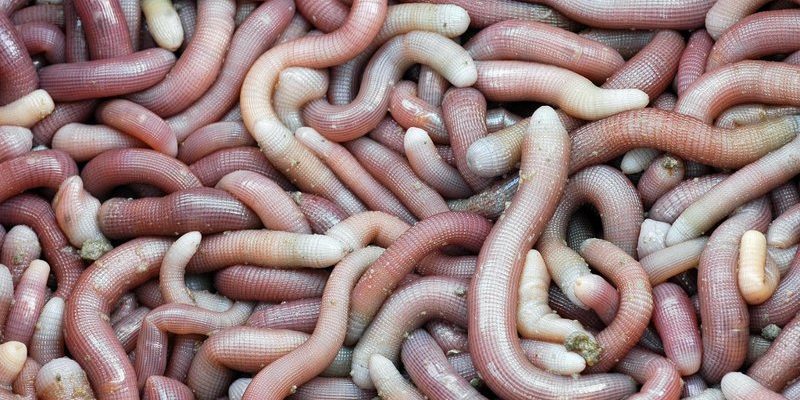
Peanut worms, also known as *Cryptophlebia* species, can be tricky because their activity fluctuates with the seasons. Understanding how these worms behave throughout the year is essential for farmers and gardeners alike. To make monitoring easier, many people turn to remote monitoring tools that can help track pest activity more effectively. By investing in the right technology, you can gain insights into how these worms operate and protect your peanut plants from potential damage.
In this article, we’ll explore the peanut worm lifecycle, best practices for monitoring their activity, and how seasonal changes impact their behavior. Let’s dive into the world of peanut worms and uncover everything you need to know to stay ahead in your farming game.
Understanding the Peanut Worm Lifecycle
To effectively monitor peanut worm activity, it’s crucial first to understand their lifecycle. These pests typically have three main stages: egg, larva, and adult. Here’s how each stage plays out:
- Egg Stage: Peanut worms lay eggs on the leaves of peanut plants. These small eggs can be hard to spot, as they blend in with the foliage.
- Larva Stage: Once the eggs hatch, the larvae emerge to feast on the tender leaves and stems of the plant. This stage can be especially damaging, as they can eat large amounts quickly.
- Adult Stage: After several weeks, the larvae pupate and eventually turn into adult moths, ready to continue the cycle.
Honestly, understanding this lifecycle is like having a cheat sheet. You’ll know when to be most vigilant and how to take preventive measures. For instance, treating the plants with organic pesticides during the larval stage can significantly reduce damage.
Seasonal Changes and Peanut Worm Activity
Peanut worms don’t just hang around all year; their activity levels vary with the seasons. Here’s a breakdown of how the seasons influence their lifecycle:
Spring: The Awakening
As temperatures rise in spring, peanut worms start to become more active. After a period of dormancy in the colder months, they emerge and begin to lay eggs. This is when farmers should be most vigilant. Keeping an eye out for tiny spots on leaves can be a good indicator of egg-laying activity.
Summer: Feast or Famine
During the summer months, peanut worms can cause serious damage. The warm weather allows them to thrive, and the larvae can be in full swing, chomping away at your precious plants. Monitoring during this time is crucial. Farmers often use traps or remote sensing technologies to track their movements.
Fall: Harvest Time
As the weather cools down and harvest approaches, peanut worms may begin to slow down. However, they can still be present. It’s essential to check for any remaining larvae before the harvest. Treating the fields at this time can help ensure that the crop is clean and safe for consumption.
Winter: The Quiet Season
In winter, peanut worms typically enter a dormant phase. They might be hiding in the soil or under debris, but they aren’t active like in warmer months. This is a great time for farmers to clean their fields and prepare for the next growing season, reducing potential infestations before they start.
Effective Monitoring Techniques
Now that you know when peanut worms are most active, let’s talk about how to monitor them effectively. Here are some tried-and-true methods:
Visual Inspections
Regularly inspecting your crops is one of the simplest ways to monitor peanut worm activity. Look for signs of damage, such as:
- Chewed leaves
- Moths flying near the plants
- Eggs on the underside of leaves
Carrying out these inspections can help catch problems early.
Using Traps
Pest traps can be a game-changer. You can set up sticky traps around your garden to catch adult moths. This not only helps monitor peanut worm populations but also gives you a visual cue of when they’re active. Honestly, it’s like getting a pest report without asking for one!
Remote Monitoring Systems
For those who want to take it a step further, remote monitoring systems are fantastic. These systems can provide real-time data, alerting you to any spikes in pest activity. You can look at reports from the comfort of your home, allowing you to react quickly without having to trek out to your fields all the time.
Natural Predators and Their Role
One of the best parts about dealing with peanut worms is that nature has its own way of keeping them in check. Various natural predators help control peanut worm populations, making it easier for farmers.
Encouraging Beneficial Insects
Ladybugs, lacewings, and parasitic wasps are all beneficial insects that can help manage peanut worm populations. By planting flowers and herbs that attract these good guys, you can create a balanced ecosystem in your garden. It’s like inviting the neighborhood watch to keep an eye on your plants!
Organic Solutions
If you notice a peanut worm infestation, consider using organic solutions like neem oil or insecticidal soap. These options can minimize chemical use while effectively targeting the pests. Plus, they are safer for the environment.
Best Practices for a Successful Peanut Crop
So, how can you ensure a successful peanut harvest while managing peanut worm activity? Here are some best practices to keep in mind:
Crop Rotation
Rotating your crops each season can help disrupt peanut worm lifecycles. By planting different types of crops in the same field, you can reduce the chances of a peanut worm outbreak.
Monitoring Weather Patterns
Pay close attention to weather patterns, as they can impact peanut worm activity. Warmer temperatures and moisture can create ideal conditions for these pests. By staying aware of weather forecasts, you can prepare and act accordingly.
Timing Your Planting
Planting your peanuts at the right time can also make a difference. Early planting in cooler months might reduce the likelihood of encountering peanut worms, as they thrive in warmer conditions.
Monitoring peanut worm activity across the seasons can feel overwhelming, but it doesn’t have to be. With a bit of knowledge and the right tools, you can protect your crops and ensure a healthy harvest year after year. Remember to observe their lifecycle, keep an eye on seasonal changes, and utilize effective monitoring techniques.
By combining natural solutions, technology, and good practices, you’re setting yourself up for success. So grab your coffee, enjoy the farming journey, and keep those peanut worms at bay!

